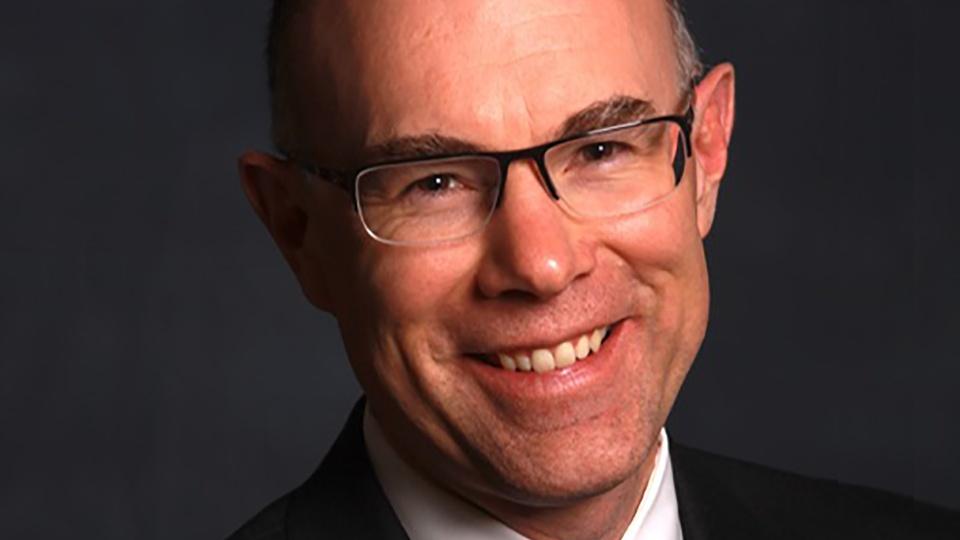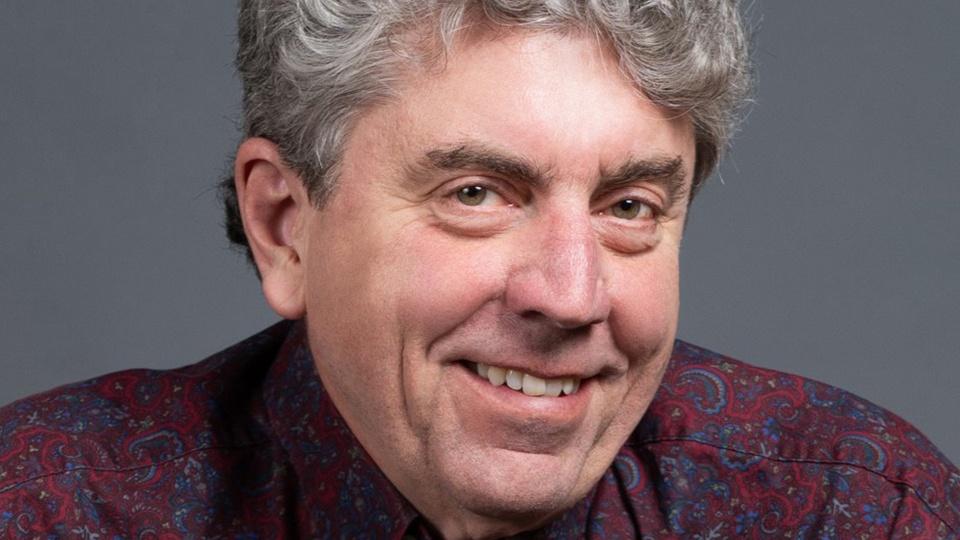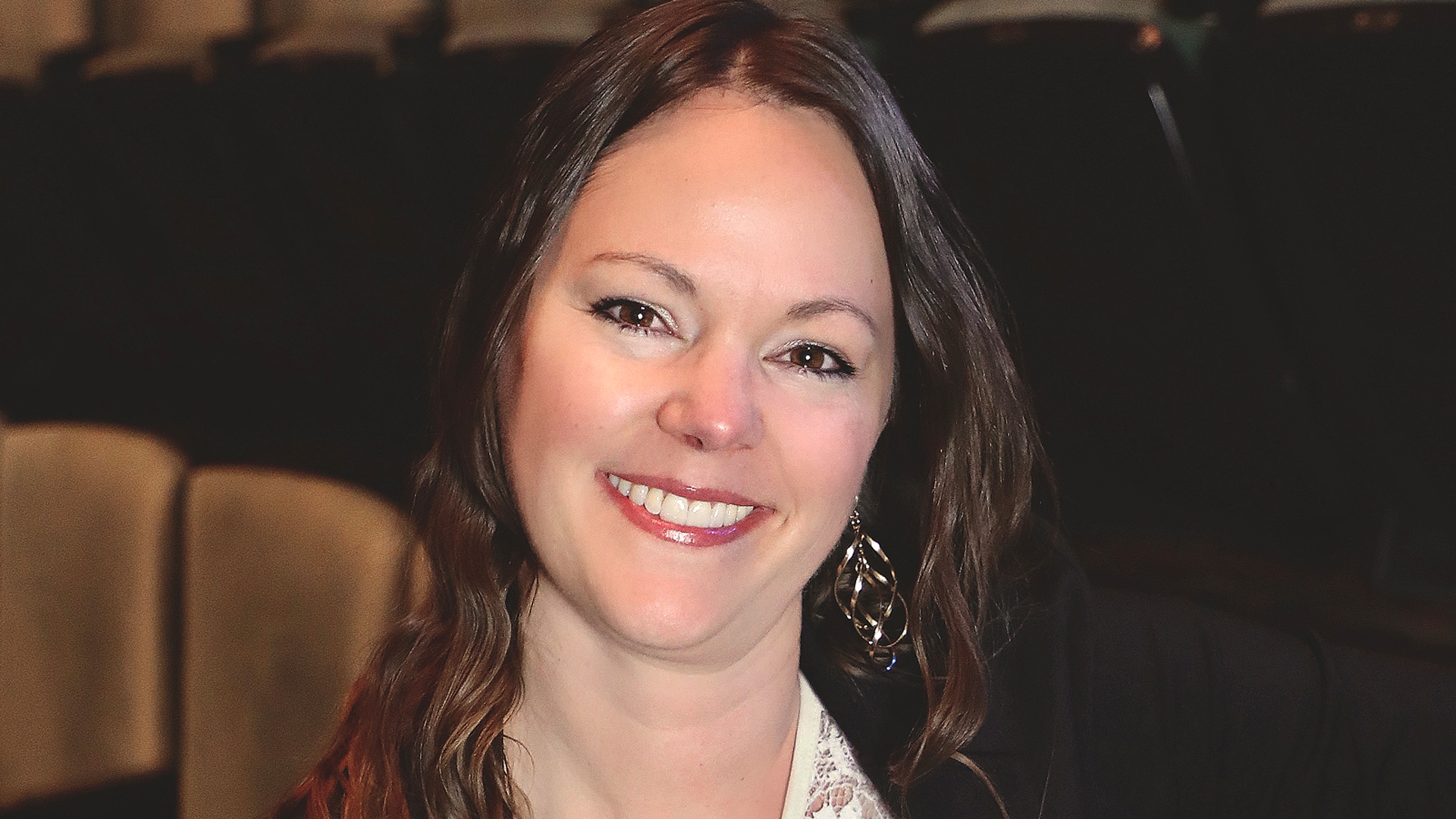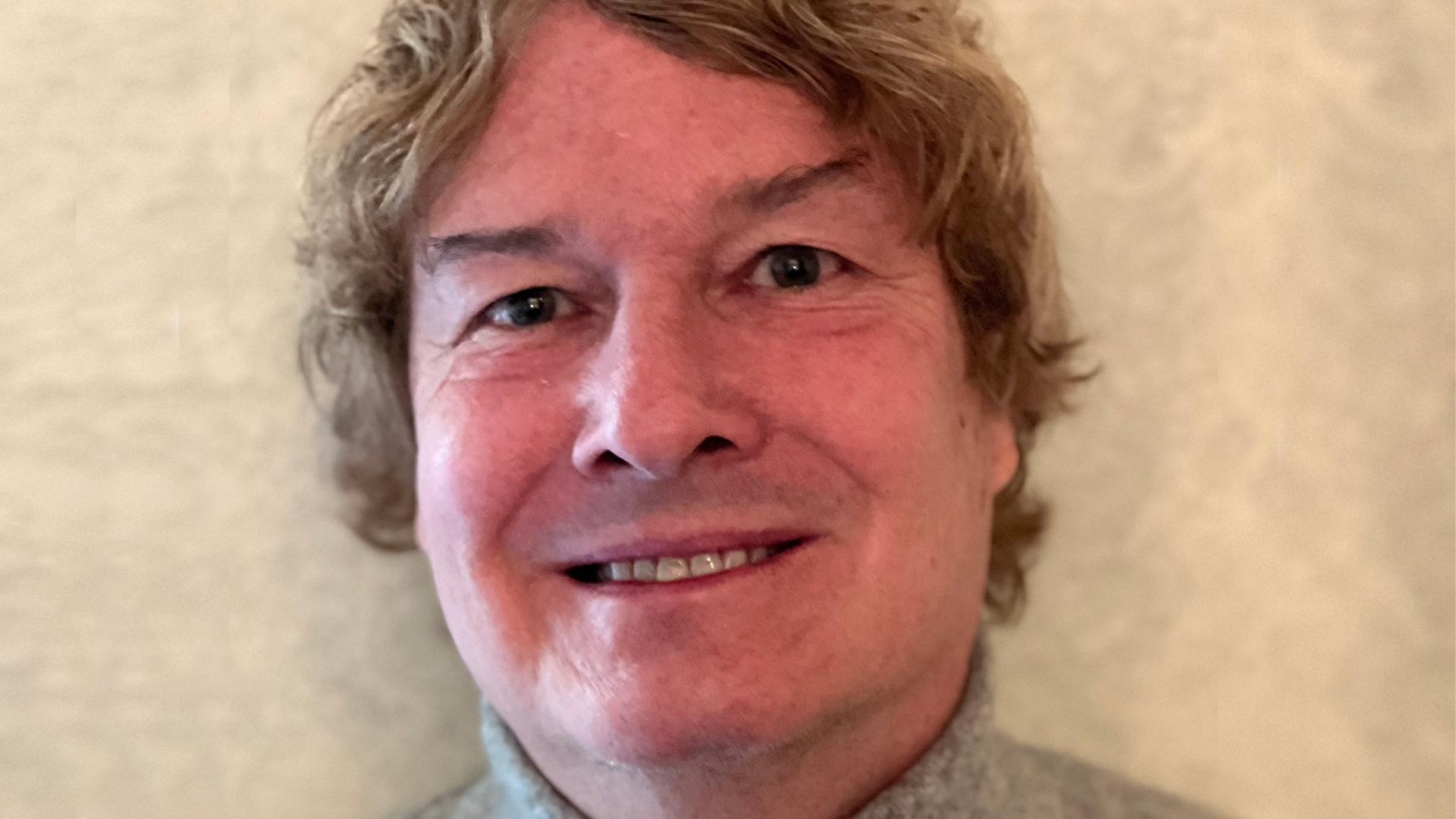
ART VIEWS
Founded in 1942 as a network of mostly smaller-budget, civic orchestras, the American Symphony Orchestra League (now the League of American Orchestras) has become the association of and for orchestras in North America. As the organization grew after WWII, it brought together orchestras of all budget sizes under the remarkable leadership of Helen M. Thompson, and in 1962 “the League” received a Congressional charter. From its inception the League has served the orchestra field by hosting conferences; collecting and distributing meaningful data and statistical reports; and providing professional development. In its 82 years of existence, the League’s activities and offerings have evolved and grown, but it has never abandoned these core activities.
A voice for the entire orchestra field, today the League has about 650 member orchestras from the smallest community, volunteer ensembles to multi-million-dollar annual budget bands like the Los Angeles Philharmonic and Boston Symphony. There are also more than 100 youth orchestras in the League fold. Across our nation, orchestras exist in every state and in virtually every community or region. Of these orchestras, about 90% of them have annual operating budgets under $2 million. While these organizations are 501(c)(3) nonprofits, the beauty, service, and economic generation these businesses contribute to their communities is tremendous and should be celebrated and not taken for granted.
The League’s offices are housed in New York City, but since the pandemic rearranged our world, the lean, mean, and terribly effective staff work remotely and largely lives around the country. Led by its brilliant CEO Simon Woods, the staff convenes at the home office several times a year.
Governed by a board of 54 whip-smart, dedicated folks from around the country, this board of directors is diverse and impressive in every way. Representing broad racial, gender, and occupational (both in and out of the orchestra field) backgrounds, everyone on the board understands the value of orchestras in our world and works to ensure that our ensembles are supported and amplified in our communities. Several years ago, I enjoyed the great privilege and honor of serving a two-year ex-officio term on the League board as a representative of the smaller-budget orchestras in our country. This experience provided me some of the most valuable education I’ve received in what high-functioning non-profit boards should and should not be doing.
After a recent strategic planning process, the League settled on the following vision and mission for the organization:
Vision
A thriving future for orchestras and their communities that celebrates creativity, artistry, and inclusion
Mission
To champion the vitality of music and the orchestral experience, support the orchestra community, and lead change boldly
To accomplish these, the League identified four key areas of work on which to focus: Learn, Connect, Advocate, Envision
Learn
Education and support for the orchestra field is a crucial part of the League’s work. Its robust online presence includes such offerings as: statistics, demographics, salary & benefit information, Knowledge and Resource Centers, research reports, and a member hotline. In person, it brings people together at its annual conference. In June over 1,000 delegates gathered in Houston for learning, networking, and of course, wonderful music. Every January the Midwinter Managers Meeting brings together orchestra CEOs from around the country to learn from and support each other. During the rest of the year, seminars and webinars offer timely and important information to members.
I had been executive director of the Reno Chamber Orchestra for about six months when I first interacted with the League’s education offerings. Its 10-day bootcamp for all things orchestra management called Essentials of Orchestra Management provided the most important professional development I ever received, and little could I know at the time that the League and Essentials would become crucial parts of my career path. I now have the great honor of being faculty director of the Essentials of Orchestra Management program, which takes place every summer at The Juilliard School in New York. I’m proud to say that Essentials has remained the League’s flagship educational program, and several of the current leaders in the orchestra world are graduates.
Connect
A big part of being a national organization is bringing people together. For League members, its League 360 platform allows conversation and information distribution, and for members and non-members alike its Symphony.org offers a trove of articles, as well as news updates from the field. Through its website, social media, PR and media relations, as well as its convenings, constituency and affinity groups, the League is constantly in the process of bringing more and more people together to be ever more connected to the orchestra world.
In addition to Essentials, the other primary part of my current League involvement is as director of the League Alumni Network. Over the years, more than 800 people have been through various League leadership programs, and a few years ago we embarked on what colleges and universities have been doing for years… an alumni association. With a handful of in-person gatherings around the country each year, a couple more Zoom cocktail hours, a book club, and a web of mentoring and supporting, the League Alumni Network has proven to be a wonderful way to keep folks connected long after their seminars and fellowships have ended.
Advocate
A component of any nonprofit association’s work is advocacy and case-making for the importance of what it does. The League’s two-person team in Washington DC, comprised of Heather Noonan and Najean Lee, is the envy of the nonprofit world. From issues as broad as charitable giving, ticketing policies, artificial intelligence, music education, artist visas, and even the international transport of endangered species in musical instruments, the League tracks and advocates for issues that affect orchestras around the world. During the pandemic shutdown, the League played an instrumental (pun intended) role in partnering with the Small Business Administration to guide orchestras through completion of the Shuttered Venue Operators Grant program, which resulted in 340 orchestras from 48 states receiving $267,000,000 in crucial Covid-19 relief.
Envision
I am struck by the last three words of the League’s mission statement… Lead. Change. Boldly. In a field that is blessed and burdened by its history, trappings, and rituals, the League has embraced its role as a thought and change leader in the industry and the broader world. This begins with how it values diversity and embraces inclusion in all it does. For its entire history, the American orchestra world has been predominantly White. The League is intentionally and devotedly digging into the work of widening the circle of who performs, administers, governs, listens to, and funds this wonderful art form that is there for everyone. In looking to the future, the League is clear-eyed about the reality that “the way we’ve always done things” is a guaranteed recipe for irrelevance, in a complex and unknown future. Leading change boldly is a mandate the League believes is crucial to ensuring a bright tomorrow for American orchestras.
If you would like to find out more about, or become an Individual Member of, the League of American Orchestras, go to www.americanorchestras.org
Scott Faulkner is principal bassist of the Reno Phil and Reno Chamber Orchestra (RCO). From 2001-2014 he served as executive director of the RCO. He is faculty director of the League of American Orchestras’ Essentials of Orchestra Management program, and director of the League Alumni Network.

ART VIEWS
Time in Music by Scott Faulkner — August 2, 2024
Ruth Lenz by Scott Faulkner — May 24, 2024
Exploring Mahler’s Symphony No. 5 by Scott Faulkner — April 19, 2024
The Meaningful Connection Provided by Music by Scott Faulkner — March 15, 2024
Meet Reno Phil President and CEO Aaron Doty by Scott Faulkner — February 9, 2024
Looking Ahead at 2024 by Scott Faulkner — January 5, 2024
NCMF 20th by Scott Faulkner — November 24, 2023
Reno Phil Concert Preview by Scott Faulkner — October 13, 2023
Reno Phil CEO Search by Scott Faulkner — July 28, 2023
Reno Phil Concerts This Summer by Scott Faulkner — June 23, 2023
Songs about Spring by Scott Faulkner — March 10, 2023
Bowing by Scott Faulkner — February 3, 2023
Nevada Chamber Music Festival's Holiday Gift by Scott Faulkner — December 23, 2022
Thankful for Christmas Music by Scott Faulkner — November 25, 2022
Incredible Alumni from Essentials of Orchestra Management Seminar by Scott Faulkner — October 21, 2022
Falling for Orchestra: A Season of Events by Scott Faulkner — September 23, 2022
Thoughts on Leadership by Scott Faulkner — August 26, 2022
Greetings from New York City! by Scott Faulkner — July 29, 2022
H. Elizabeth Lenz by Scott Faulkner — July 1, 2022
A Thousand Blended Notes by Scott Faulkner — June 3, 2022
Music Not to be Missed in May by Scott Faulkner — May 6, 2022
Classical Music Galore by Scott Faulkner — April 8, 2022
Chord Changes by Scott Faulkner — April 1, 2022

ART VIEWS

ART VIEWS

ART VIEWS

ART VIEWS